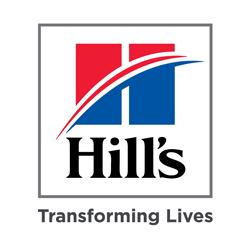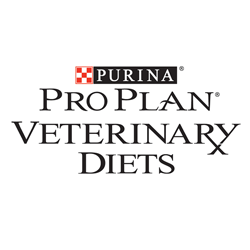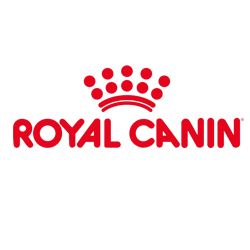Managing Challenging Nutrition Conversations
It is important to acknowledge the plethora of potentially sensitive topics that exist in relation to pet nutrition. An observational study analyzing veterinarians’ conversations with pet owners about pet nutrition identified evidence (reflected in verbal and nonverbal cues) that patient weight, the timing of transition from one life-stage diet to another, treats, wet versus dry foods, quality of the main commercial food, and use of human foods were subjects about which clients, veterinarians, or both demonstrated sensitivity.75 Other challenging nutrition conversations veterinary professionals may encounter include discussing a client’s unconventional food choices, preference for or disapproval of certain ingredients (e.g., grain, by-products), or use of various nutraceuticals or supplements. Navigating these conversations requires being attentive and responsive to clients’ verbal and nonverbal cues that signal sensitivity to a line of discussion. Many of these challenging conversations are driven by a veterinarian’s or the practice team’s beliefs, goals, ideas, or perceptions that do not align with the client’s own viewpoints. In response to these challenges, it is important to be aware of our own ideas, beliefs, and judgments. Acknowledging the client’s beliefs, goals, ideas, or perceptions, which does not mean agreeing with them, often provides an opportunity to further explore and understand the client’s perspective. This understanding can be used to identify common ground, which can be used to bring differences in perspective into greater alignment.






